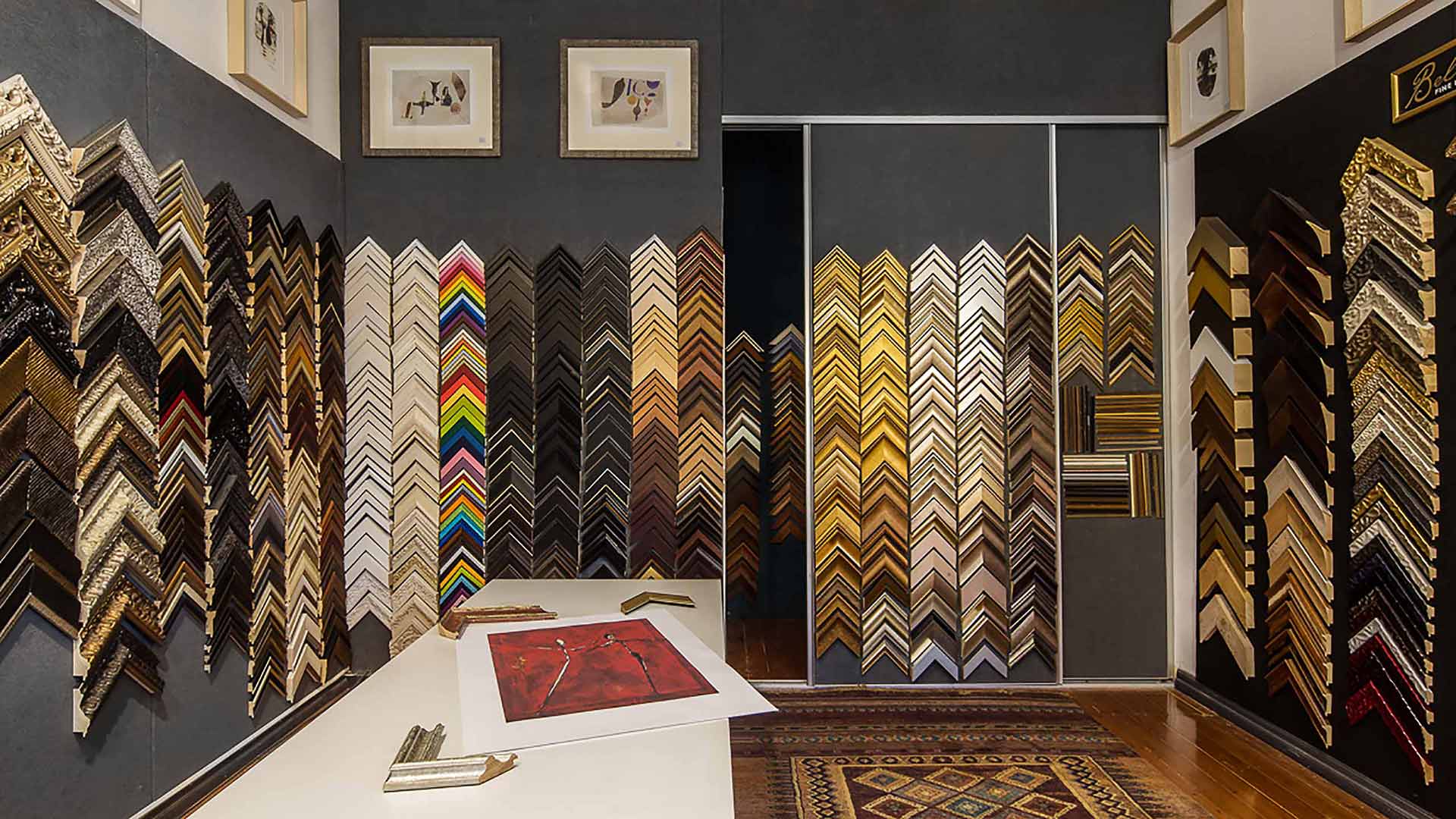Frequently, the Smithsonian, the Tate London and other prominent art galleries around the world hold tours and exhibitions that celebrate, not the art that hangs around their galleries but, rather, something taken for granted: The frames that border these works of art.
Stunning pieces in themselves, historical picture and painting frames do more than simply provide a decorative ‘nice-to-have’ border around the work of art or conserve the painting’s integrity within.
Martin Kotler, conservator of picture frames at the Smithsonian American Art Museum says that, while there are endless books on art, there are only a handful of books on frames. And this is unfortunate because frames have a surprisingly significant role in art history, culture and design. Understanding their origins and their meaning gives art aficionados a glimpse into the not-so-distant past.
When you look closer, you’ll see there are all sorts of truly compelling details in the frames we use every day. In fact, if you’ve ever sought picture framing in Adelaide, you’ll be surprised to learn how the modern frame evolved and came to be.
